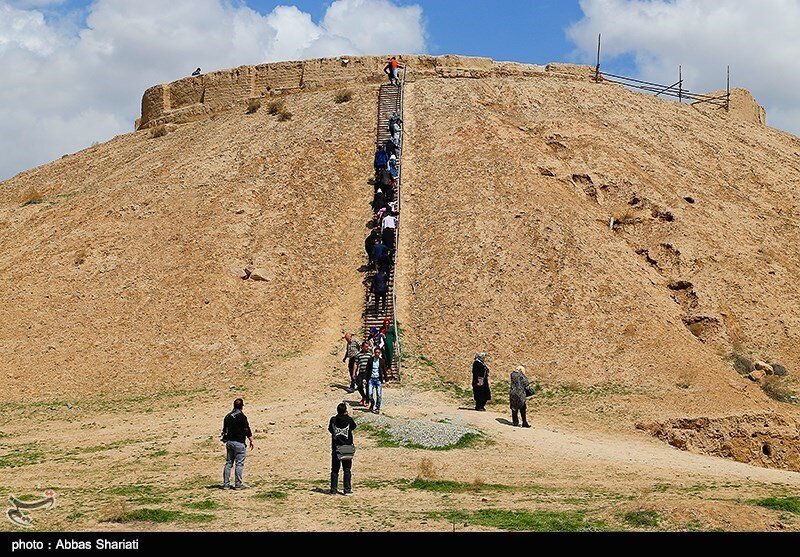Tepe Ozbaki: local officials in push to expand ancient hill protection

TEHRAN – Tourism officials of Alborz province are stepping up efforts to win UNESCO status for a millennia-old archaeological hill situated near the Iranian capital.
Alborz’s tourism directorate is to form a special secretariat aimed to pursue procedure for a possible registration of the ancient site on the UNESCO World Heritage list, the provincial tourism chief said on Monday.
Tepe Ozbaki is where the “world’s oldest” adobe brick has been discovered, Yahya Darai said.
It is one of the most significant historical and archaeological sites of the country, the official stated.
“World’s first human-made clay has been found during excavations conducted on the hill.”
The object is now being kept at the United Nations, he said.
The ancient site is situated near Nazarabad, some 80 km west of Tehran. It has yielded cultural relics dating from the first half of the 7th millennium to the first half of the first millennium BC, i.e. the Medes period.
Experts suggest that the discovery of certain objects in the hill indicates some kind of commercial links to Susa in the Khuzestan region, southwest Iran.
The discovery of objects such as tablets, statuettes, and ‘jagged’ earthenware in the hill indicates some kind of commercial link between Susa in Khuzestan and this in Tehran province, according to senior Iranian archaeologist Yousef Majidzadeh who has led excavations at Ozbaki, Qabristan, and Jiroft hills.
According to the available data, the first well-documented evidence of human habitation on the Iranian Plateau was found in several excavated cave and rock shelters, located mainly in the Zagros Mountains of western Iran, dating to the Middle Palaeolithic or Mousterian period (c. 100,000 BC).
AFM
Leave a Comment